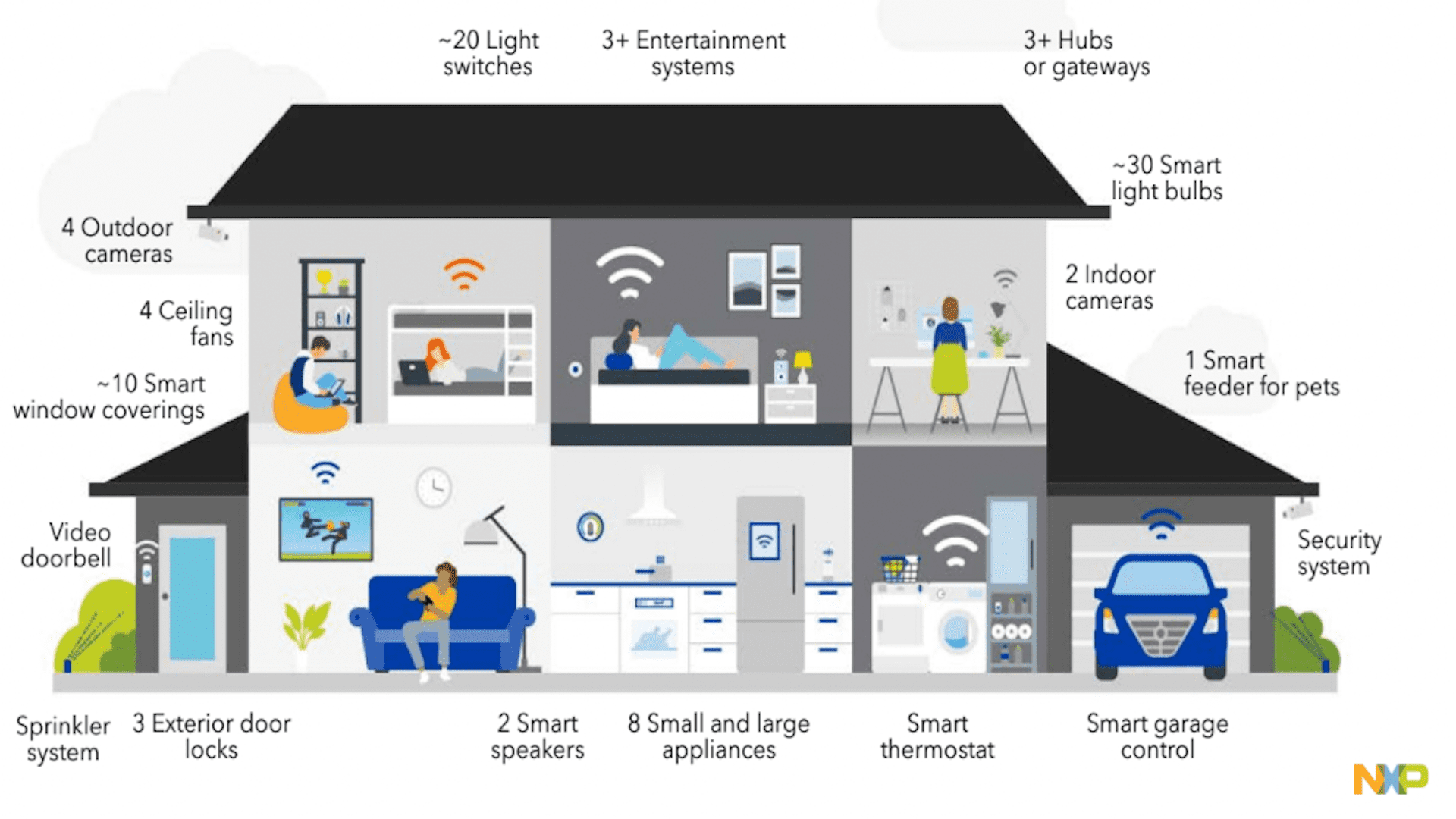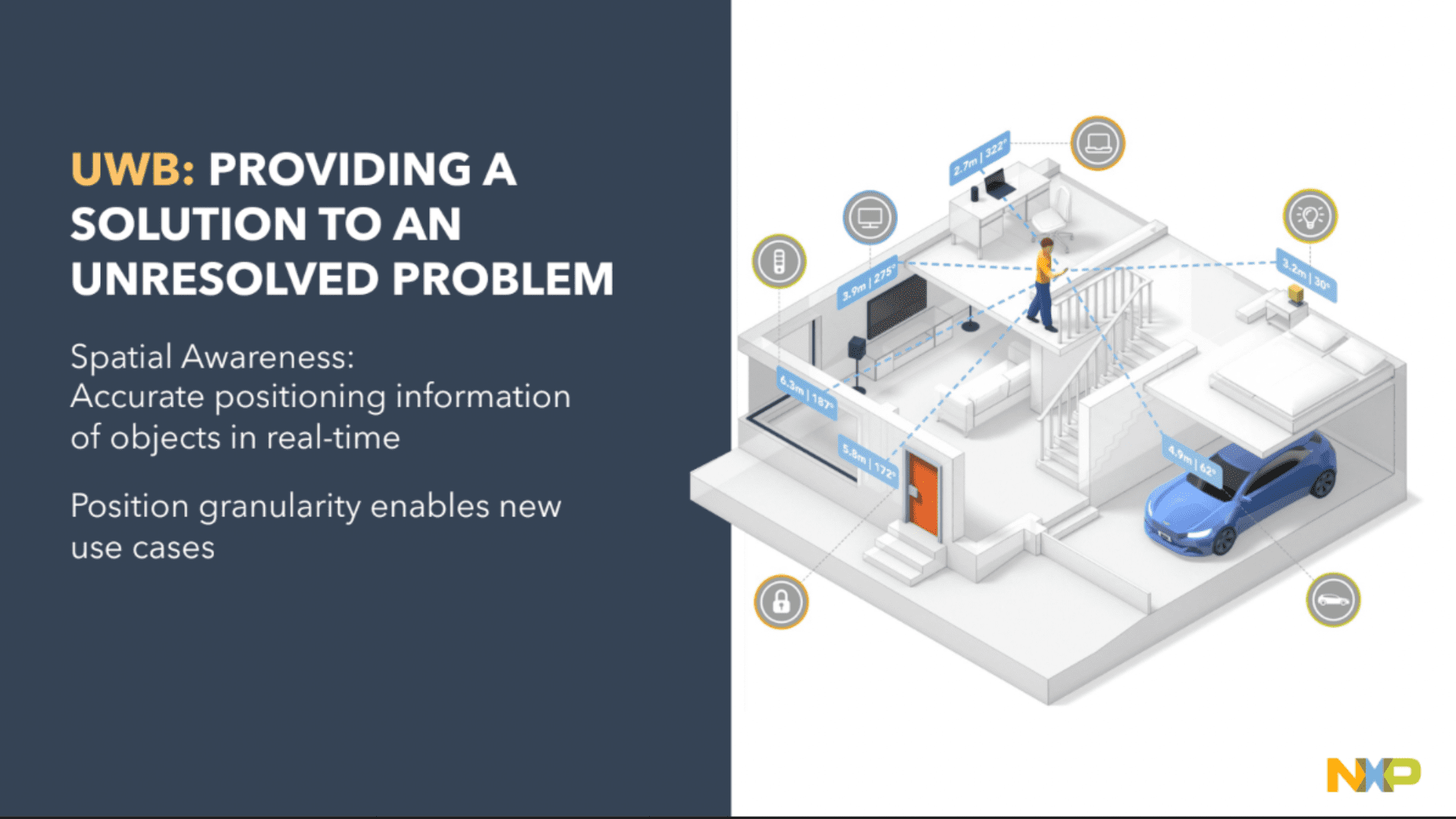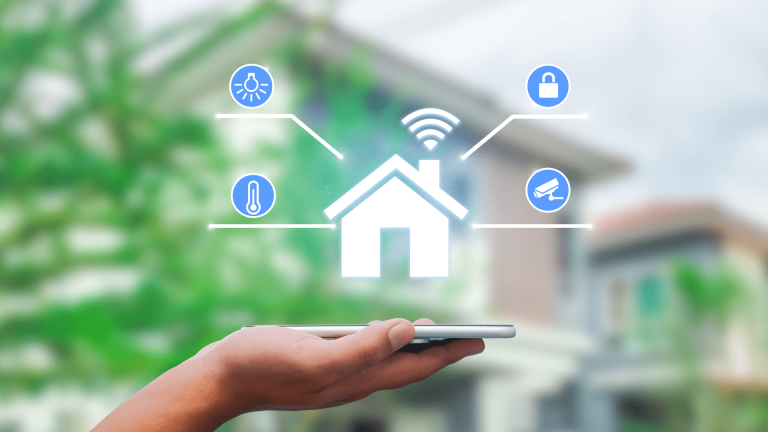In 2023, approximately 64 million U.S. households will be actively using smart home devices. With this number expected to grow by 10.2% every year, the future of smart homes is bright. To learn more about Tomorrow's Home, TomorrowsWorldToday.com spoke with Ron Martino, NXP Semiconductor's Vice President of Global Sales, and Maulin Patel, Vice President of Systems and Applications Engineering. I did.

 Photo courtesy of NXP
Photo courtesy of NXP
Tomorrow's World Today (TWT): Over the past decade or so, the term “smart home” has become something of an umbrella buzzword. How do you define what a smart home is and what it looks like?
Ron Martino, NXP Semiconductors (RM): Smart homes leverage technology to do meaningful things in your life, but what's meaningful in your life varies from person to person. You can make your home more energy efficient and save money by reducing your energy bills. It can also help you predict potentially harmful situations by automatically responding to them, making your family safer.
TWT: What role does NXP Semiconductors play in the development of smart home technology?
RM: NXP manufactures semiconductors used in a variety of applications, including computing, sensing, actuators, and connectivity products. Connected products are electronic devices that are integrated into everything in your home, such as thermostats, HVAC systems, and entertainment systems.
Some people have security and safety concerns about introducing smart technology into their homes. What would you say to people who are not fully familiar with this technology?
RM: NXP is a leader in protecting payment transactions, government documents, and security, with deployments around the world. The same technology that allows us to make transactions on our phones and use credit cards in a highly secure manner is also the same technology that we have on our devices, such as the keys to access our homes. It's the same technology.
Our leadership in security technology minimizes the risk from anyone seeking to harm you or steal your personal property. We have the electronic intellectual property and knowledge that helps make our devices the most secure devices in the world.
Matter is an open-source connectivity standard that allows most smart devices to communicate with each other locally, regardless of who made the gadget. Can you tell us more about how NXP helped define the technology and how Matter will be essential to the smart home of the future?
Maulin Patel, NXP Semiconductors (MP): We're all trying to deal with this integration problem where there's a different ecosystem of devices being introduced into smart homes. By influencing some of the CSS standards and working committees, we can also influence new specifications and interoperability that our devices must comply with. NXP also provides security knowledge to help define security standards to identify these devices as effective and secure.
As an active participant in the Alliance, NXP has certified certain platforms that can demonstrate integration with our devices. These devices are Matter certified and can be brought into any home or workplace. Our goal is to integrate seamlessly with the Matter ecosystem. NXP takes on the technology challenges for us to reduce device complexity for end users.
At TomorrowsWorldToday.com, we love highlighting innovations that are making the world more sustainable. Can you tell us about some of the methods being used to make homes more sustainable and energy efficient?
RM: The technology we use incorporates many aspects of sustainability. I don't know about you, but when I was growing up, I was reminded of the fact that the lights were left on. Now, thanks to technology, we can turn off lights that shouldn't be on and even make the house less tense if someone leaves the refrigerator door open and then closes it. Smart home technology also provides information about your home's energy usage, which can extend the life of battery systems that may have tripped during a power outage. Knowing how your home uses energy can also help reduce your bills.
MP: One of the fun things we're working on right now is electric vehicles. By working with our key customers and industry influencers, we know that electric vehicles can harness energy to power your home in the event of an energy crisis or your home loses power. I did. Through a smart home, you can also identify which parts of your home you want to send energy to so that you can power medicines and other important things like that. This optimizes the use of energy in your home.

 Photo courtesy of NXP Semiconductors
Photo courtesy of NXP Semiconductors
When we hear the term “ultra-wideband technology,” we usually think of telephone service. How does NXP apply this technology to homes?
RM: Ultra-wideband technology is now being deployed in mobile phones to work with vehicle access, including mitigating security threats from car intruders. This technology can determine who you are and where you are within 10 centimeters. It also has the ability to detect the presence of individuals, animals, and people without a camera.
End consumers and users have potential interest in many different applications, and NXP finds different use cases for them. There are no intrusion or privacy issues and it is possible with very accurate knowledge. You can interact with your home and have it interact with you in very exciting ways that will enhance your time at home.
Is there a smart home technology you'd like to see created that doesn't exist yet?
MP: One of the things I'm interested in is how we can harness more energy from plants and grasses. It would be great if you could use it as an eco-friendly initiative from outside your home. Everyone has a plant. I'm sure there are some innovations we can all work on together to harness this energy for our homes.
RM: I love dogs. Currently, you can know where your dog is in your home, but I think it will be easier to implement this kind of functionality in your busy life.
Any final thoughts about the future of smart homes?
RM: One of my passions is improving the quality of life for elderly relatives and family members by allowing them to live in their own homes. By using smart home technology, you can continue to enjoy features that are no longer available due to aging. Improving people's quality of life, whether it's personal health or an aging population, is the most impactful thing for many of us, with this need increasing due to our aging population. That need is becoming increasingly important.
These are exciting times for semiconductors. The importance and use of semiconductors in every aspect of our lives has become critical, and it's a daily joy to work on such transformative technology.
Watch the full episode to learn more about the future of smart homes and NXP semiconductors.

